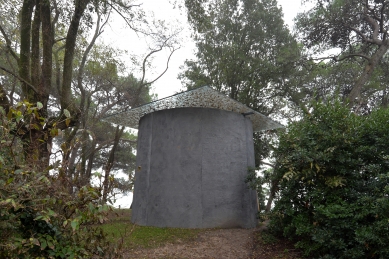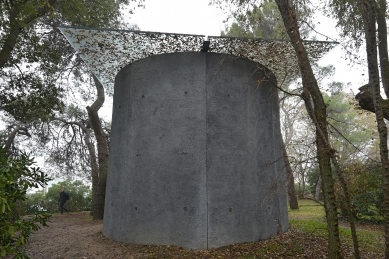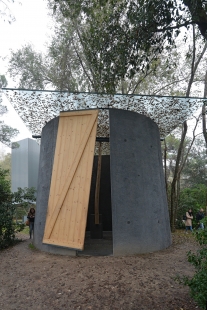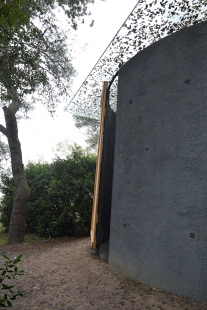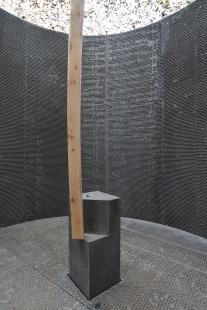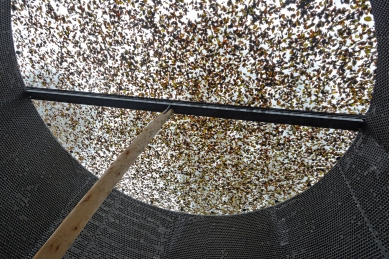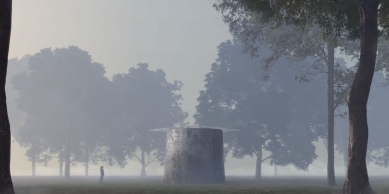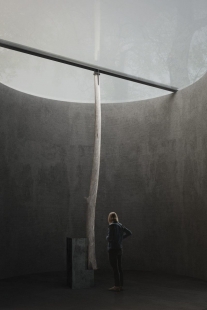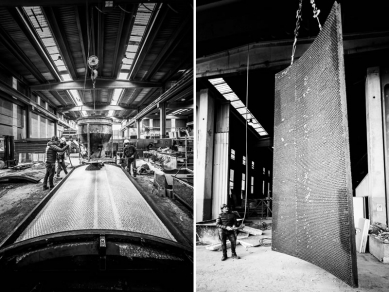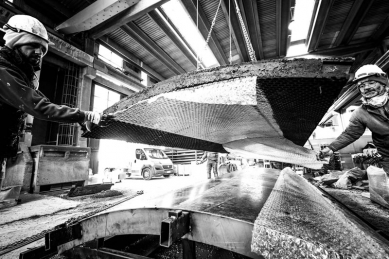
Vatican chapel
La cappella di Smiljan Radić alla Biennale di Architettura 2018

According to the popular saying in Chile, a roadside shrine is a trap for the soul… But we know that these shrines are tribalized chapels where grieving people place flowers and candles for the tragically deceased. These shrines are normally found abandoned at the side of highways adorned with the shapes and colors of a circus, or with the austerity of the plain walls of a temple. On the other hand, if we look at historical examples, a chapel, any chapel, always hopes to be bigger than it is. It always pretends to be a church or a temple, hiding its smaller size, using large forms. Its scale is a trick. Perhaps due to this desire for greatness, the elements of architecture seen in them are miniaturized… windows, doors, columns are shrunk down, just big enough for a person to fit through, and their walls are large opaque sheets, avoiding the perforations that would betray this exquisite domestic size… All this confuses us and we are left doubting the human scale. In this way, in a chapel and also in a roadside shrine, the monumental and the domestic live in harmony. This seems to be the basis of the issue in my small conical chapel, with its thin walls and open roof.
0 comments
add comment


